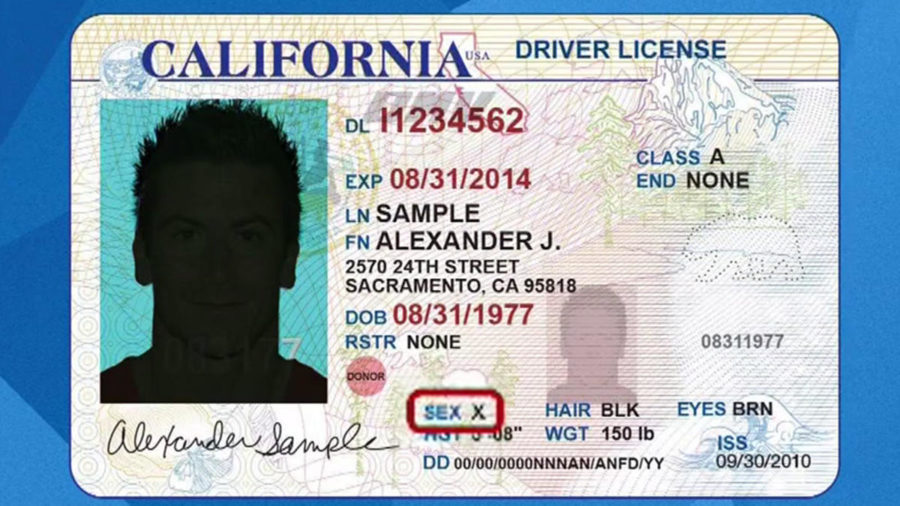Annoyed With Gender Reveal Parties? Read This
Picture by Mars Gifford
January 27, 2019
Last school year, I read an article from the Ubiquity that did not sit well with me. The article claimed that there are only two true genders and even went so far as to say that the exploration and acceptance of any other view of gender would quite literally destroy society and leave everyone without “purpose, function, or true identity.” I wanted to write a response piece right away; but, I decided to wait, knowing that in 2019 the state of California would allow “individuals applying for an original or renewal Driver’s License (DL) or Identification card (ID) to self-certify to their chosen gender category of male, female, or nonbinary” (Department of Motor Vehicles). This change represents an important shift, recognizing both the increased medical knowledge of sex and gender and the validity of self-identification.
While the terms gender and sex are often used interchangeably, there is a distinction. Gender denotes social roles and personal identification, whereas sex refers to anatomy. Both can be confusing to the point of frustration when we find that the neat categories that have been created for both are not all-encompassing.
One must realize that gender is a spectrum, not binary. If you’re unsure of what that means, picture a color wheel and take special care to not miss any of the colors — the bright magentas, deep greens, soft blues, neon yellows, you get the idea. Now reduce the picture to only the primary colors: red, yellow, and blue. Gender is often simplified like this, reduced to only the masculine and the feminine. These are the most basic expressions of gender, just like red, yellow, and blue are the most basic expressions of color. There are other genders in addition to the basic expressions, similar to the existence of green and purple.
Sex is not as cut and dry as a ninth grade biology class would have it seem. 1 in 2,000 people, or 0.05% of the population are born intersex. This is a general term used for variations in sex characteristics. Some people’s hormone receptors do not act normally (Androgen Insensitivity Syndrome), others are born with three chromosomes (Klinefelter syndrome), the list of medically recognized and studied intersex conditions goes on and on. Transgender individuals who medically transition also blur the lines of sex.
Male and female are not the be-all, end-all of sex and gender. Other identities exist and are recognized by the medical community and by the government.




